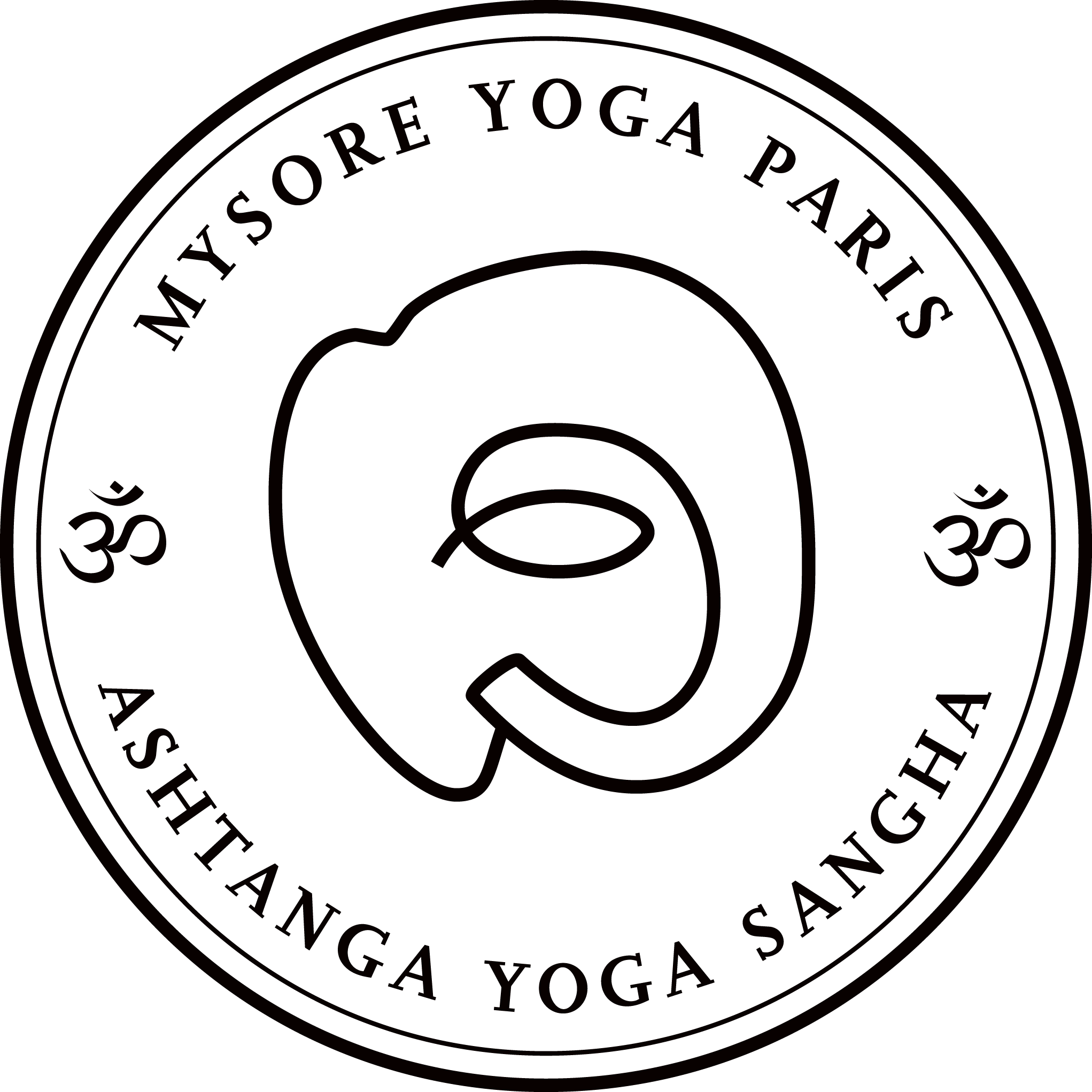Ashtanga Vinyasa Yoga
“If someone can breathe, they can do Yoga.”
ASHTANGA VINYASA YOGA
The term Ashtanga Yoga derives from the Sanskrit words Ashtau means eight in Sanskrit, Anga meaning limb. Ashtanga Yoga refers to the eight limbs as taught by the great sage Patanjali who was the first to systematise an approach to classical Yoga in his Yoga Sutras (200 BC).
Just as the Buddha taught the Noble Eightfold Path as a way to freedom, Patanjali envisions a holistic path with eight components, through which the practitioner can reach a state of Yoga.
Ashtanga Vinyasa Yoga was originally taught by Patthabi Jois from Mysore, India. It is a dynamic and progressing sequence of Asanas linked together by the thread of the breath. To help the practitioner steadying the mind, specific practices – often referred to as the three anchors of practice – are integrated: Bandha (energetic intersections), Ujjayi Breath and Dristihi (gazing). The effort of this system is to offer a practice inclusive of all eight limbs of yoga - referring to Patanjali´s eight-limbed path.
ASHTANGA YOGA – THE EIGHT LIMBS
The beauty of the eight limbs is that they teach us to integrate all aspects of Yoga, since each limb addresses a different aspect of personhood. They are all interrelated and can be practised simultaneously, but they also map out a logical progression in which each limb prepares the practitioner for the next.
The first two limbs are the Yamas & Niyamas. They consist of ten ethical guidelines teaching us how to relate to our inner life, others and the world.
The very first Yama is Ahimsa, or non-harming, which is the foundation for the entire yoga philosophy and basis of any Yoga practice.
The third limb is Asana, which is the physical practice many westerners associate with Yoga. The Asanas are designed to purify, balance and stabilise our body and energy system to allow the breath and Prana to move and unfold fully.
Pranayama, the fourth limb, takes this transformative process a step further as it teaches us to harness, direct and channel the pranic energy which is closely linked to our Mind.
Pratyahara, the fifth limb is considered ‘the bridge’ between external and internal Yoga. Pratyahara is when we no longer grasp for sense-objects as if they were separate from us, but understand them as part of the whole.
Dharana –concentration, Dhiyana –meditation and Samadhi – the last inner limbs, gradually moves the practitioners towards a meditative state of complete integration and liberation.
Essentially, the eight limbs is a process of clarification that allows us to experience the truth of who we are beyond our assumptions and habitual patterns. In this state of complete clarity, Vidya, we are able to remain fully present and intimate with with our lived experience. It is this unconditional wakefulness to our actual human experience, that reveals the nature of reality.

